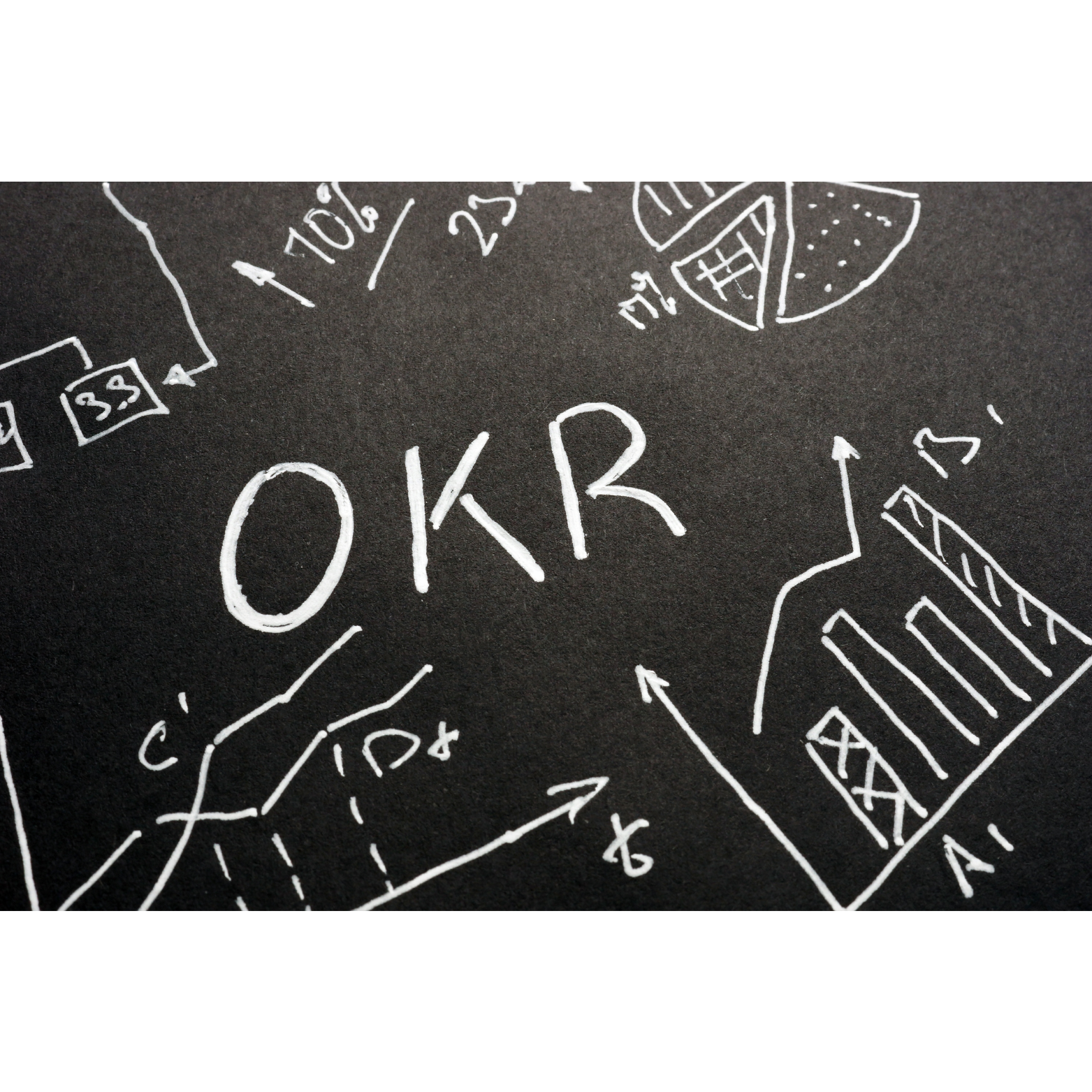In a constantly evolving agile environment, businesses must find effective ways to measure progress and ensure that all efforts align with strategic objectives. This is where OKRs (Objectives and Key Results) come into play. This performance management tool is becoming increasingly popular in agile organizations, creating clear alignment between teams and the goals they aim to achieve. OKRs not only help define priorities but also enhance team agility through transparent result tracking.
What Are OKRs?
OKRs (Objectives and Key Results) are a strategic management framework designed to set ambitious, measurable goals. Developed by Andy Grove and popularized by companies like Google, OKRs are simple in concept but powerful in application.
- Objectives: These define what you want to accomplish. They should be clear, inspiring, and aligned with the company’s overall vision.
- Key Results: These are measurable indicators that track progress toward the objectives. They must be specific, measurable, and time-bound.
In an agile setting, OKRs facilitate priority communication, help teams focus on what truly matters, and provide a framework for evaluating the progress of each project.
Why Are OKRs Essential in Agile Environments?
Agility is based on short development cycles, where experimentation and continuous improvement are crucial. OKRs fit perfectly into this framework by helping teams focus on short-term goals while staying aligned with long-term strategies.
- Alignment and Priority Clarity: In an agile environment where teams are often autonomous, it’s crucial for everyone to work toward common goals. OKRs ensure that each team knows the company’s priorities and how their work contributes to overall success.
- Performance Tracking: One of the significant advantages of OKRs is their ability to provide measurable results. Each objective is tied to key results, which allow progress to be tracked in real time. This gives teams the flexibility to adjust their efforts based on the outcomes achieved.
- Flexibility and Adaptability: A core principle of agility is the ability to quickly adapt to change. OKRs are updated on short cycles, usually quarterly, which allows for regular reevaluation of priorities and ensures that teams remain focused on the most important objectives.
How to Effectively Implement OKRs in an Agile Framework
Implementing OKRs in an agile organization requires several key steps to ensure success:
- Define Clear, Aligned Objectives: Objectives should be inspiring and realistic but, most importantly, aligned with the company’s overall vision. In an agile framework, it’s also important to ensure these objectives are adaptable based on feedback and changes.
- Measure Key Results Accurately: Each objective must be accompanied by measurable key results. For example, if your objective is to improve customer satisfaction, a key result could be “Increase NPS score by 10 points.” These indicators allow teams to transparently evaluate their success.
- Establish Regular Tracking: In an agile environment where priorities can change quickly, it’s essential to regularly track OKRs. Weekly or biweekly reviews can help adjust efforts and ensure the team stays on track.
- Encourage Transparency and Collaboration: OKRs are most effective when shared across the organization. This promotes transparency, strengthens collaboration, and helps every team understand how they contribute to broader goals.
The Benefits of OKRs in an Agile Organization
Implementing OKRs in an agile setting brings numerous benefits, including:
- Better Alignment Between Strategy and Execution: OKRs link strategic objectives to the day-to-day reality of teams.
- Greater Team Autonomy: OKRs allow teams to understand what they need to achieve while giving them the flexibility to decide how to get there.
- More Measurable and Visible Results: Measurable key results allow teams to track project progress precisely and quickly identify obstacles or areas for improvement.
- Improved Communication: OKRs foster ongoing dialogue between teams and leadership, improving collaboration and allowing priorities to be adjusted as needed.
If you’re looking to implement OKRs in your agile organization, it’s crucial to train your teams in best practices. Explore our OKR Fundamentals and Advanced OKR training to master this tool and enhance your team’s performance management.
Conclusion
OKRs are a powerful tool for improving performance management in agile companies. By enabling clear priority alignment, providing measurable indicators, and promoting flexibility, they are perfectly suited for environments where innovation and adaptability are essential. To ensure their effectiveness, it’s critical to properly train your teams and implement rigorous, transparent tracking.

